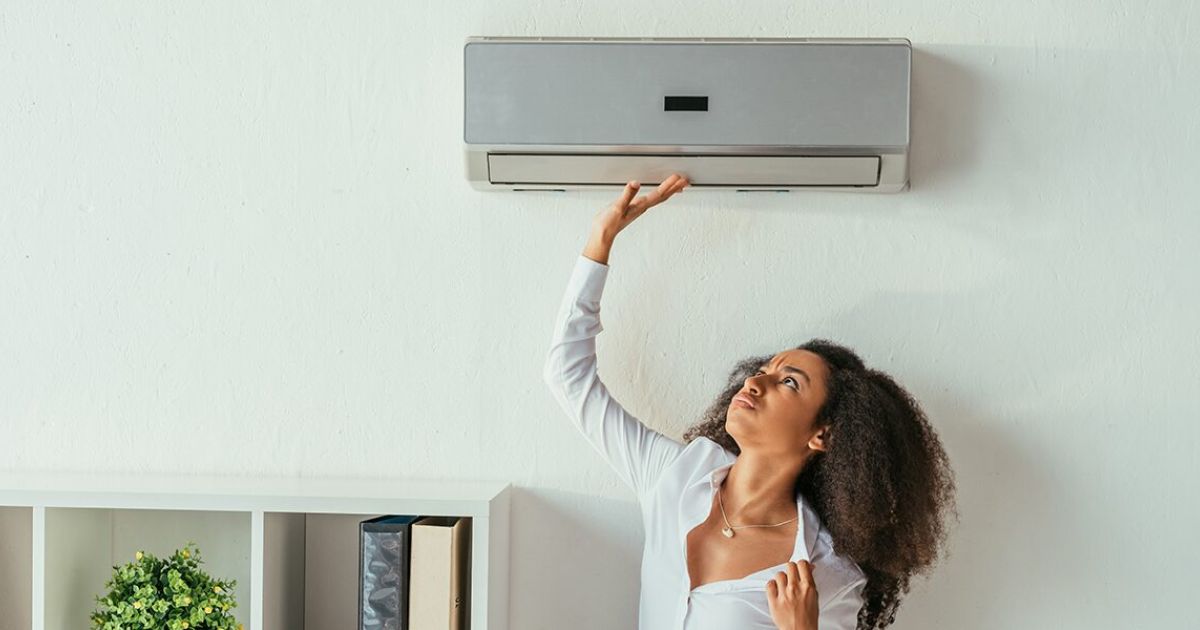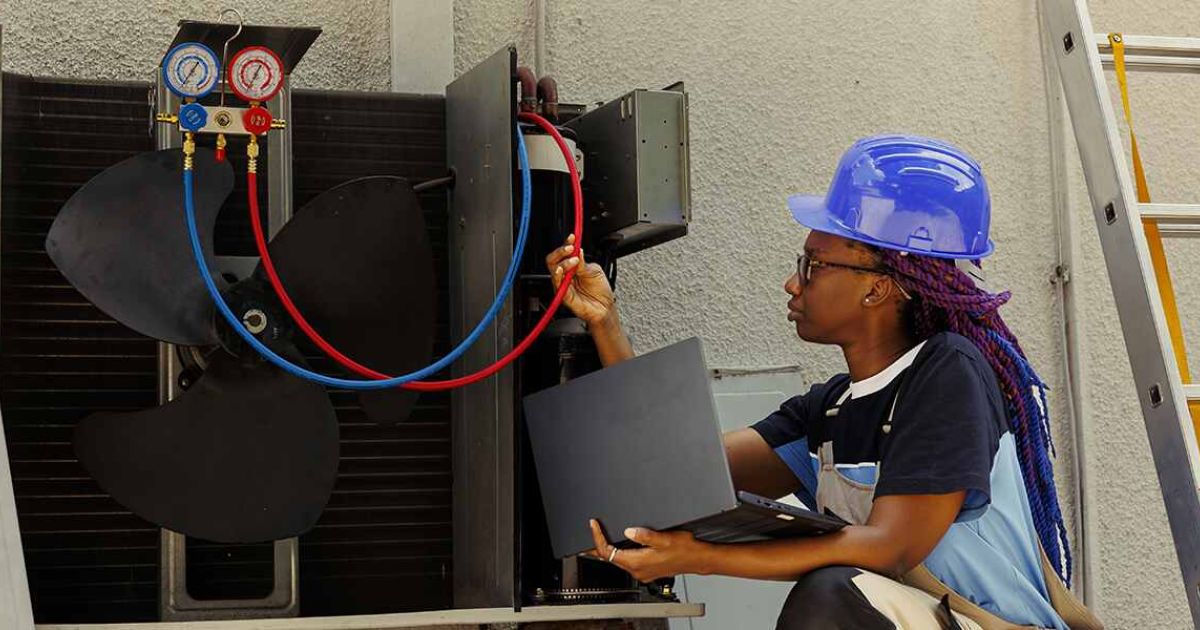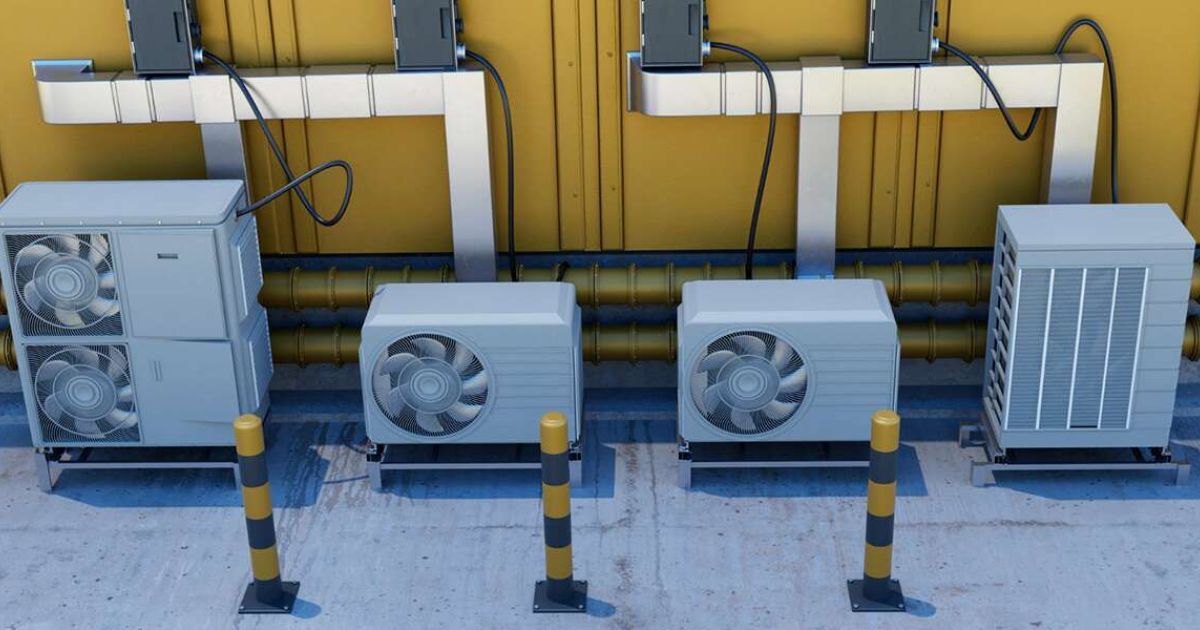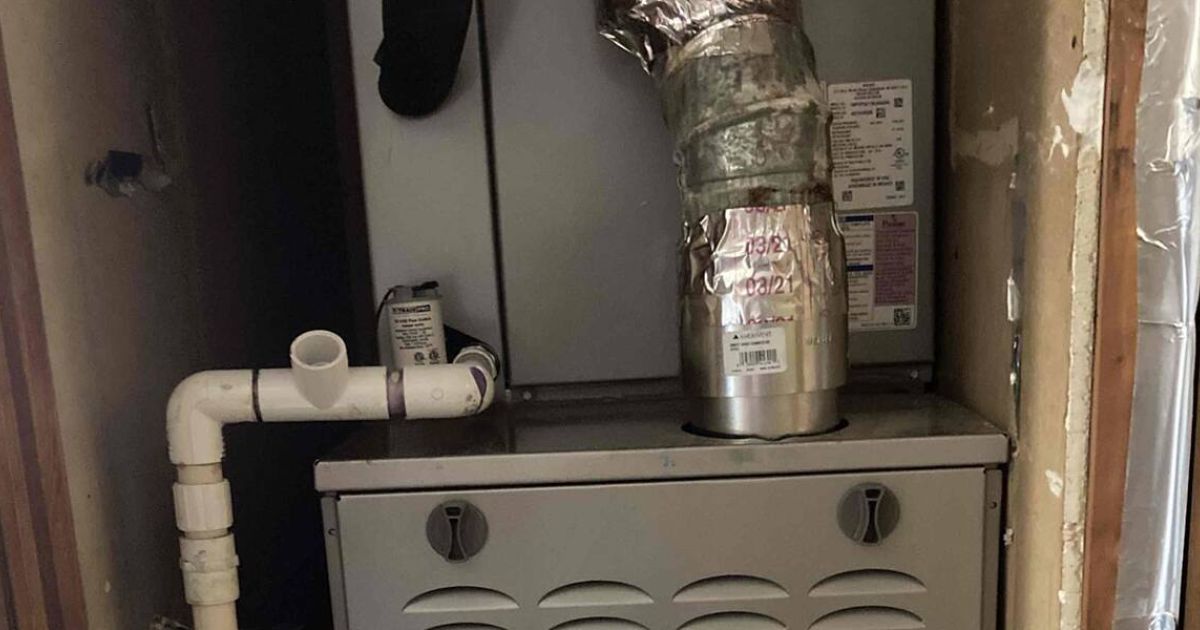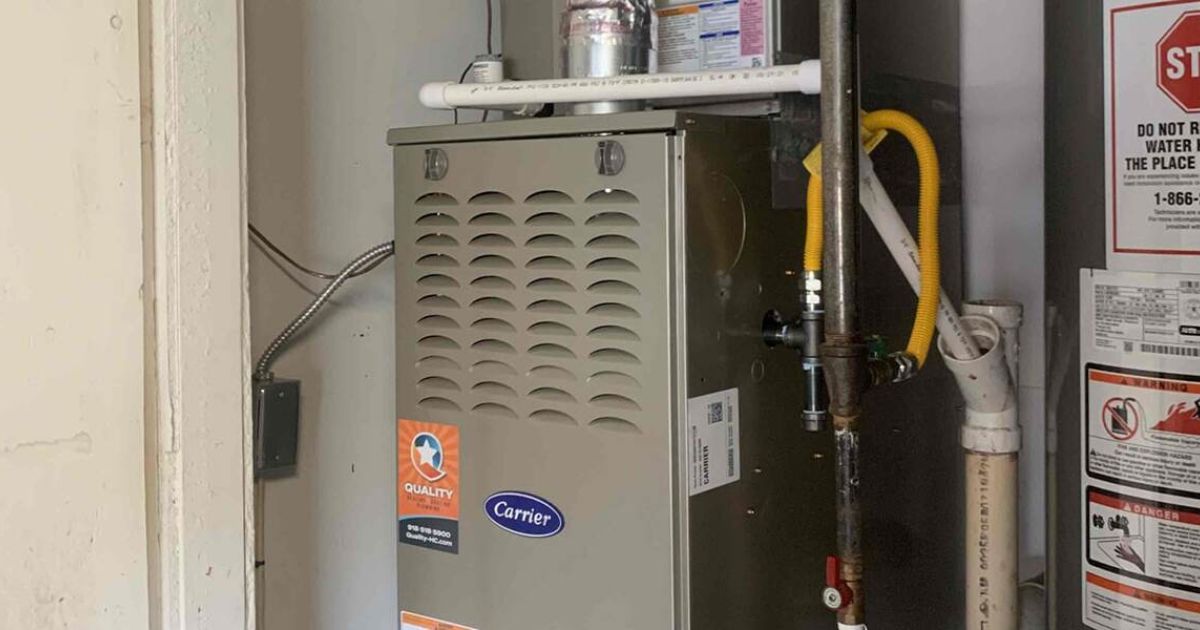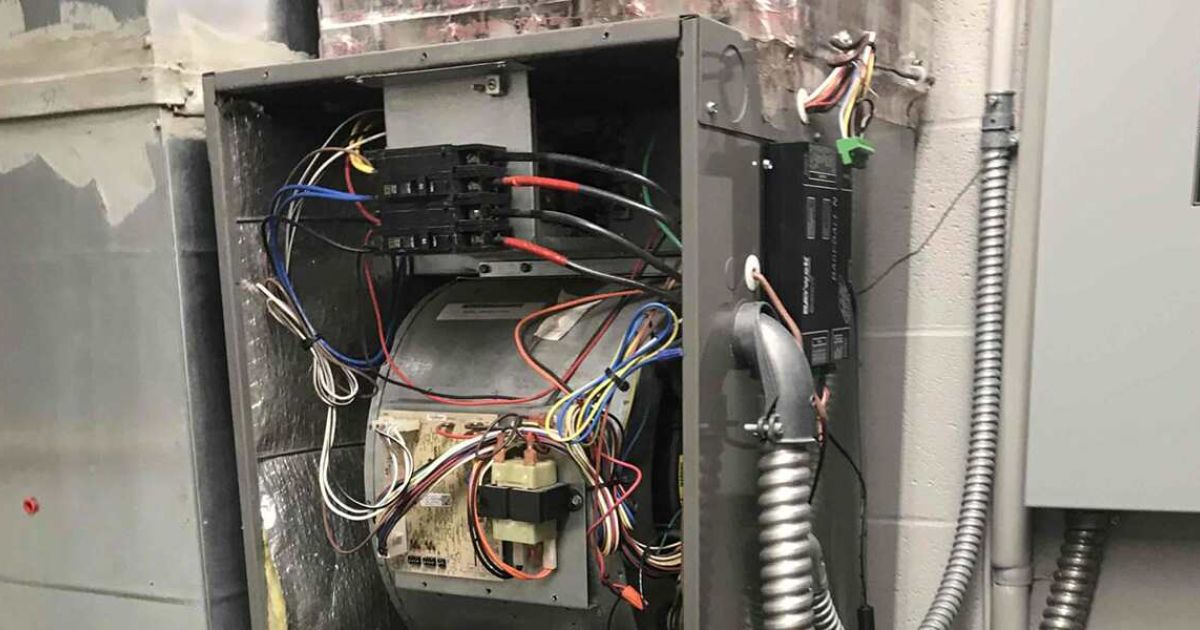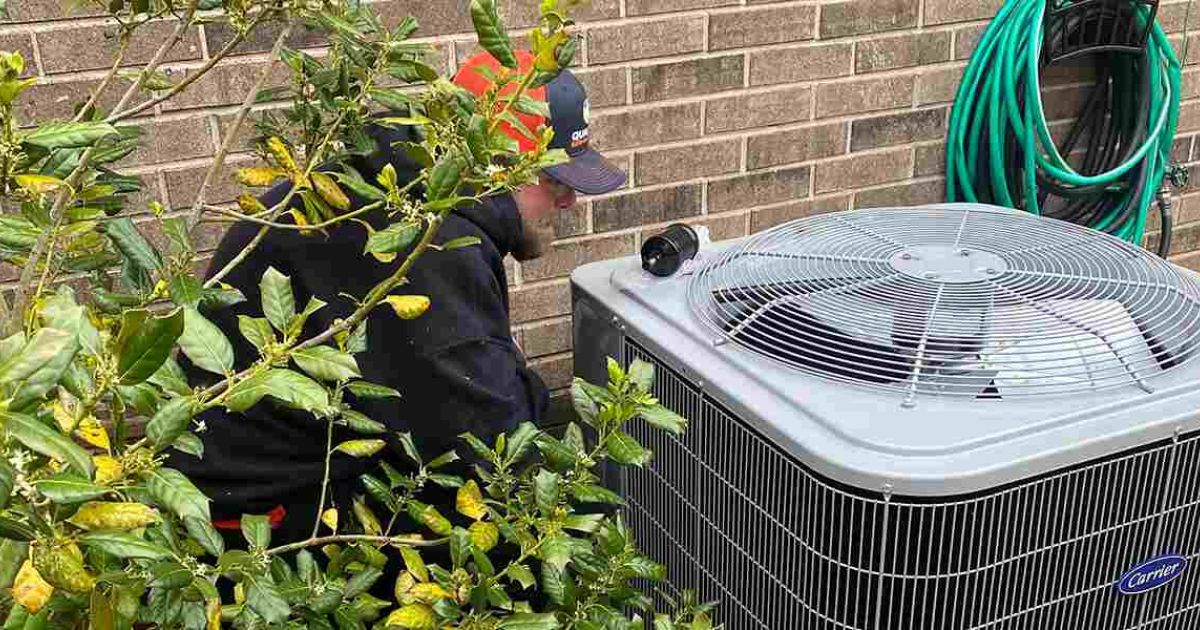
Is your HVAC unit not performing at its best? Don’t hesitate to contact us at Quality Heating, Cooling & Plumbing to diagnose and address the problem!
When you put plants, flowers, and shrubbery around your house, you have to carefully consider which species you’ll use, their needs, and their placement. You must know where to put plants around AC units outdoors because the flowers can affect the performance of the HVAC system.
Quality Heating, Cooling & Plumbing offers expert AC installation in Tulsa, OK, as well as many other top-tier HVAC services. We understand the desire to use plants to improve your yard’s appearance, but some options can prove problematic for your air conditioner unit. Consider our guide below to learn the best practices for putting plants around an air conditioning system.
Do: Provide Sufficient Clearance Around Your Air Conditioner
The main problem people experience with putting plants around AC units stems from their closeness. Air conditioners need sufficient airflow via the outdoor condenser unit to make sure the system’s interior components work correctly.
Airflow restriction, whether from the air handler indoors or the condenser unit outside, can cause many problems for the equipment over time. For example, a lack of proper airflow can keep cool air from quickly dissipating around the condenser coils, resulting in ice developing on the coils.
To ensure the right amount of air passes through the air conditioner’s condenser unit, you should put plants, flowers, and other greenery at least three to five feet away from the unit. This rule applies to each side of the unit, not just the front. This gives the system enough space and provides sufficient clearance for air conditioner technicians to access the condenser unit safely for inspections, maintenance, and repairs.
Airflow and accessibility aren’t the only reasons to ensure you don’t put your plants too close to the equipment. The air conditioner condenser unit typically expels lots of heat. However, the heat could damage some plants.
Do: Consider How Plants Affect the Shade Around the Air Conditioner
One of the best things about landscaping with your air conditioner in mind is that shade can improve the system’s efficiency. Though the outdoor system can handle year-round weather and sun exposure, keeping it under abundant sunlight makes it harder for the equipment to dissipate the heat it generates. As a result, your home could have extra solar heat gain, which forces the air conditioner to work harder to keep the interior cool.
With shade, you can stay comfortable indoors without overworking your air conditioning unit or paying extra for monthly utilities due to excessive energy consumption.
Trees offer the best shade opportunities. Ideally, you should plant trees in your yard at least five feet away from the cooling system. Choose options that keep their leaves or needles throughout the winter, such as beech or evergreens, to minimize how much debris will shed into your condenser unit.
Do: Know What Plants Work Best Around Air Conditioners
Though your plant and landscape preferences will likely influence your yard’s appearance, it helps to know these universal tips about the best options for plants around AC units before making any drastic changes to the outdoor space:
- Choose Plants That Grow Up Instead of Out. Even if you put plants three feet away from your air conditioner, it could still be a problem if the foliage grows outward. Instead, opt for plants that grow upward, like golden juniper.
- Opt for Evergreens. Trees that shed their leaves and needles during their dormant period will leave your outdoor air conditioning equipment vulnerable to organic debris buildup. If you don’t want the extra landscaping and HVAC maintenance, choose evergreens like spruce or boxwood.
- Avoid Plants That Attract Insects. Bees, wasps, and other insects often make nests in or around air conditioners due to the climate around them. Unfortunately, major pollinators like bee balm and goldenrod attract these insects, so putting them close to your system isn’t a good idea.
- Stay Away From Thorny Plants and Shrubs. Though rose plants and holly bushes are beautiful and desirable to many homeowners, we don’t recommend putting them too close to air conditioners. Their thorns can make it difficult to access the equipment for repairs and upkeep.
- Consider Using Drought-Tolerant Plants in Your Landscape. Since air conditioners expel a lot of heat, consider adding drought-resistant plants near them to prevent avoidable damage to the flowers and shrubs.
Do: Explore Other Landscaping Options for Your Yard
Many people consider the outdoor portion of their air conditioning units to be eyesores and always look for ways to cover them. Putting plants around it will sometimes work, but that’s not the only solution. Consider these other landscaping tips for hiding your air conditioner:
- Potted Plants: Instead of going through the work of putting plants directly into the soil around the air conditioner, you could use large potted plants. Flower pots make it easier to adjust the landscape’s appearance and the plants’ distance from the condenser unit.
- Fencing: A small fence or trellis around the equipment with decorative vines allows you to discreetly hide your air conditioner unit without negatively impacting your yard’s appearance.
- Gravel: Despite not hiding an air conditioner unit, creating a lovely gravel garden around the system will minimize debris and make your yard’s landscape look intentional and well-maintained with minimal upkeep.
Don’t: Put Flower Pots or Other Items on the Condenser Unit
A common misconception people have about air conditioners and their outdoor units is that clearance only applies to their sides and not their tops. It’s important not to put flower pots or other items onto the condenser unit.
Not only could the vibrations from the equipment possibly topple the potted plant and fill the unit with soil, leaves, and other debris. The pot could also restrict airflow if it’s big enough.
Don’t: Cover Your Air Conditioner Too Much
You could buy an air conditioner screen that shields it from sight and prevents debris from getting inside of it. Still, you don’t want to restrict airflow, which sometimes occurs with these screens, so it’s best not to use them. If you want something to hide the equipment from view, install a garden hedge or lattice at the appropriate distance from the air conditioner.
Don’t: Forget About Grass and Other Low-Lying Plants
Grass and low-lying plants around AC units can also become problematic if they grow too high or if you mow too closely to the equipment. If grass blades, mud, pebbles, and other materials get inside the equipment, it could dirty the condenser coil and reduce its efficiency.
Ideally, grass and perennials should be two to three feet away to minimize complications. If you want to improve the landscape directly around the condenser unit, a stone border or gravel garden is the way to go.
Reach Out to Quality Heating, Cooling & Plumbing Today for Air Conditioning Help
Knowing how to correctly put plants around AC units and knowing why AC placement matters will help extend the life of your system and ensure its efficiency. Still, you can count on our experienced professionals at Quality Heating, Cooling & Plumbing to provide the care and attention your cooling system needs. We offer reliable and affordable HVAC repair, installation, and replacement services throughout Tulsa, OK.
We’re the team to call if your condenser unit has a problem due to nearby plants, insects, or other causes. Call 918-262-5245 to request an appointment with us at Quality Heating, Cooling & Plumbing today.

Cassie Pound is the Vice President of Quality Heating, Cooling, Plumbing & Electric with locations in Tulsa, Glenpool, and Bartlesville, Oklahoma.


